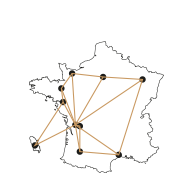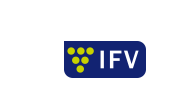
Coordination
Partners
Objectives
- Creation of groups of expertise and development of extensive partnerships between players from the fields of research, training, and development.
- Development of research programmes on four themes: alcoholic fermentation, malolactic fermentation, distillation, and controlling oxidation.
- Pooling and dissemination of information.
- This RMT started its five-year programme in January 2014. It follows on from the Actia Fermented and distilled products RMT accredited for the 2008-2013 period.
Actions
This RMT's programme is divided into four themes in order to facilitate the implementation of research projects and the development of benchmarks, models, strategies, and methods of analysis.
Control and optimisation of alcoholic fermentation: nitrogenous nutrition, metabolism of flavours
Managing fermentation (conducting fermentation and research of optimum strategies).
Making best use of yeast diversity.
Controlling malolactic fermentation
Understanding interactions between yeast and lactic bacteria.
Controlling malolactic flora through technology.
Evaluating the sensory impact of malolactic flora.
Distillation
Improving the energy / water footprint of distillation processes.
Understanding the behaviour of flavours during distillation and the impact on the quality of spirits.
Controlling oxidation
Evaluating the redox state and the oxidation potential of fermented beverages (research on oxidation markers, measurement of redox potential and the stability of SO2).
Evaluation of the impact of the presence or absence of oxygen on the quality of fermented beverages.
Preventing and controlling oxidation and reduction.





